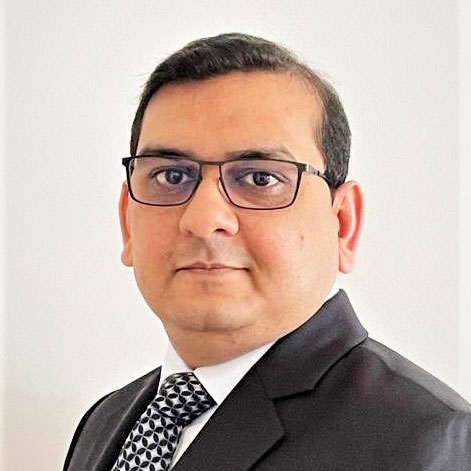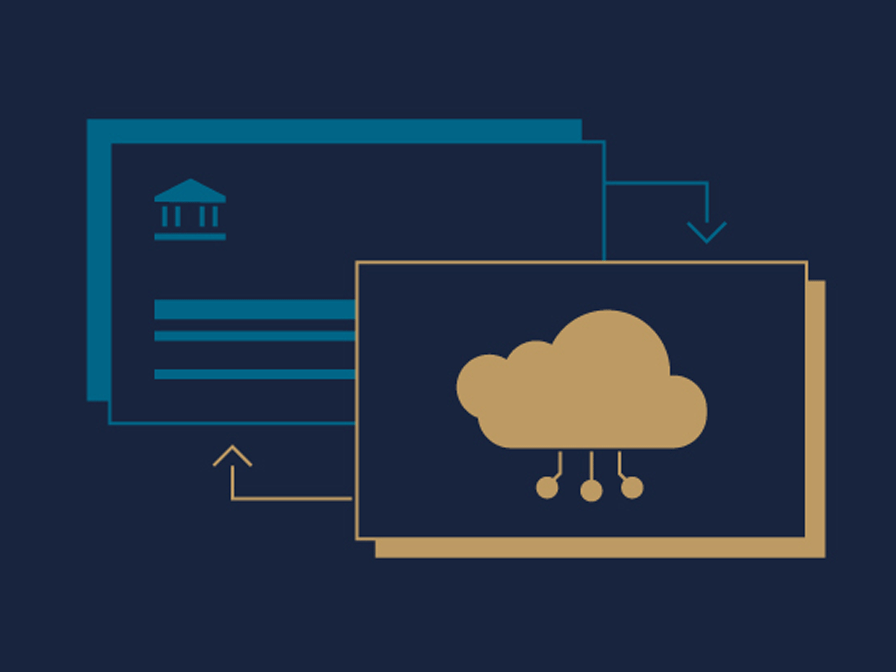As the need for faster, more transparent cross-border payment solutions increases across the international financial-services sector, alongside a broader transition into the rapidly expanding digital payments space, banks and financial institutions in the Middle East and Africa (MEA) continue to shift their focus and resources toward payments modernization. Furthermore, with payments getting standardized across the board, banks are looking at innovative payment use cases as differentiating offering to their diverse customer segments. EY primary research across several MEA markets suggests that payments processing constitutes a US$7b revenue pool in 2022, growing to US$10b by 2030.
The acceleration of modernization initiatives in the MEA can be attributed to a variety of complex factors related to the evolving global payments landscape. However, there are at least two particular factors that seem to be driving an increased sense of urgency.
First, the Financial Stability Board (FSB) released a report earlier this year highlighting crucial updates to the G20 Roadmap for enhancing cross-border payments. In addition to reiterating that the roadmap—first introduced in 2020—has now reached an inflection point requiring an accelerated implementation of solutions, the report provides new guidance on specific actions banks must take as it relates to three overarching priorities: 1) payment system interoperability and extension; 2) legal, regulatory and supervisory frameworks; and 3) cross-border data exchange and messaging standards.
Secondly, government and regulatory institutions in the MEA are currently in the process of developing new systems of their own related to the enhancement of intra-regional and cross-border payments. This includes recently launched Financial Infrastructure Transformation (FIT) program introduced by the Central Bank of the United Arab Emirates, which even outlines the eventual rollout of a central bank digital currency (CBDC), and comes as similar whispers of CBDC implementation being heard nearby in Kingdom of Saudi Arabia.
In short, banks in the MEA have no shortage of incentives to accelerate the modernization of their payment’s infrastructure, and in fact what began as a regional trend toward digital payments now appears to be evolving into a full-blown race toward financial services enhancement and innovation.
Critically, in addition to keeping pace with regulations, financial services providers are treating this “inflection point” as an opportunity to create new value for retail, businesses and corporate partners. The increased urgency to meet demand for digital cross-border payments and the need to offer a differentiated payment solutions has resulted in several banks turning to the PayTech and Payments-as-a-Service (PaaS) sectors for innovations as well as alternative paths to implementation. Banks are also looking at PayTechs to help them offer value added services to further provide alternative payment-based revenue streams with payments coming to the center stage of digital transformation. EY research suggests that VAS will drive more than 50% of payment processing revenues across MEA by 2030, with more than half coming from emerging solutions.
Perhaps more than anything, this is the result of a fundamental lesson learned by many institutions around the complexity of payments modernization. More specifically, banks are beginning to acknowledge the technological flexibility required to offer faster, more transparent, and less costly cross-border transactions to corporate entities and their customers.
Overall, banks in the MEA will continue to be united in their shared sense of urgency as it relates to the enhancement of payment offerings, whether in response to regulatory pressures or the demands of diverse client segments. However, the success of individual modernization and innovation initiatives will depend greatly on an institution’s ability to identify not only the most efficient and sustainable path forward, but the most knowledgeable and technologically flexible partner to get the job done.
PayTechs and PaaS providers like Volante can deliver the kind of flexible solutions needed to transform an institution’s capabilities based on the infrastructure need and can transform as well as complement the existing payment landscape, and can do so much more efficiently than most banks can with their own limited in-house resources. Moreover, third-party enabled capabilities such as fully automated, Host-to-Host (H2H) transactions as well as ready to implement VAS (value added service) use cases may allow banks to achieve updated functionality and deliver new value much faster than competitors.






